- Master CGIA Projects -
Hierarchical Raster Occlusion Culling - 2022
My « Chef d’oeuvre » for the CGIA Master was an implementation, in a team of 4 students, of the Hierarchical Raster Occlusion Culling [1]Hierarchical Raster Occlusion Culling, 2021,Gi-Beom Lee and Moonsoo Jeong and Yechan Seok and Sungkil Lee,Computer Graphics Forum (HROC) by Lee&al. using OpenGL.

With this project we demonstrate the benefits of the paper when rendering complex scenes, by avoiding drawing all objects in frustum using a Bounding Volume Hierarchy, improving frame-rate by a factor of 2 to 5. We also showed that with this improvement the more objects are in the scene the more HROC improve framerate, comparing to non-optimised rendering of the same scene without HROC. This project was an occasion to use scientific paper on a real implementation, to see what kind of problematic can come from implementing scientific literature (like imprecision or omission) and to learn to reproduce and estimate results of such research.
Create the project from almost scratch involved us to make an efficient use of libraries and helpers to assure we could be able to present results and evaluate the paper without loosing too much time in useless complications, and anticipate what would be necessary to build all the pipeline.
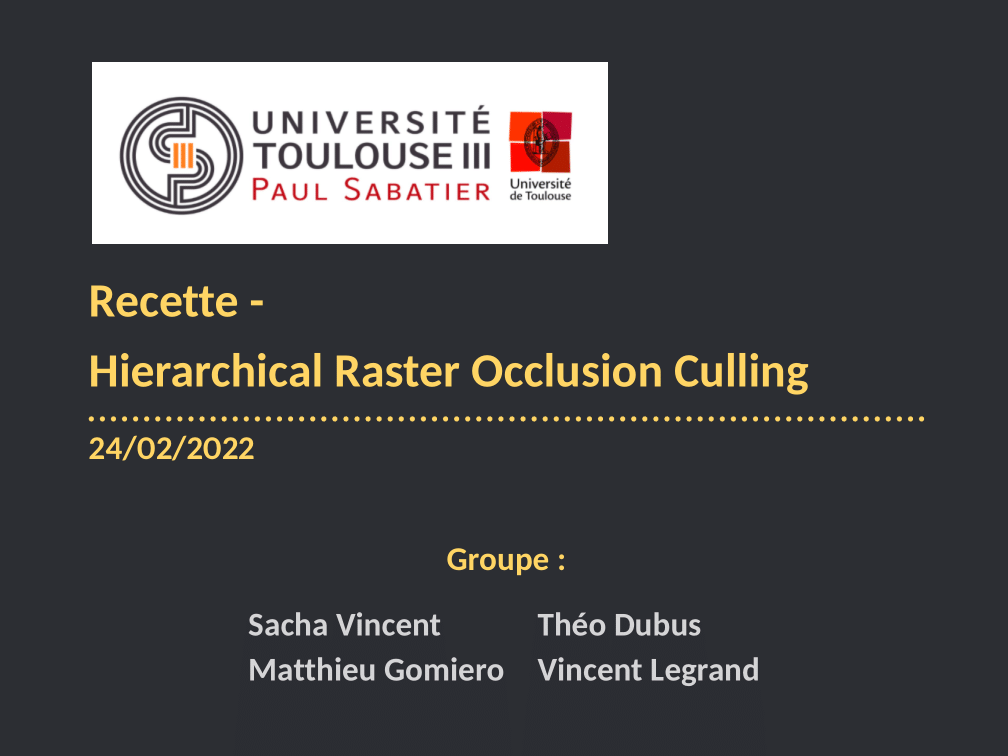
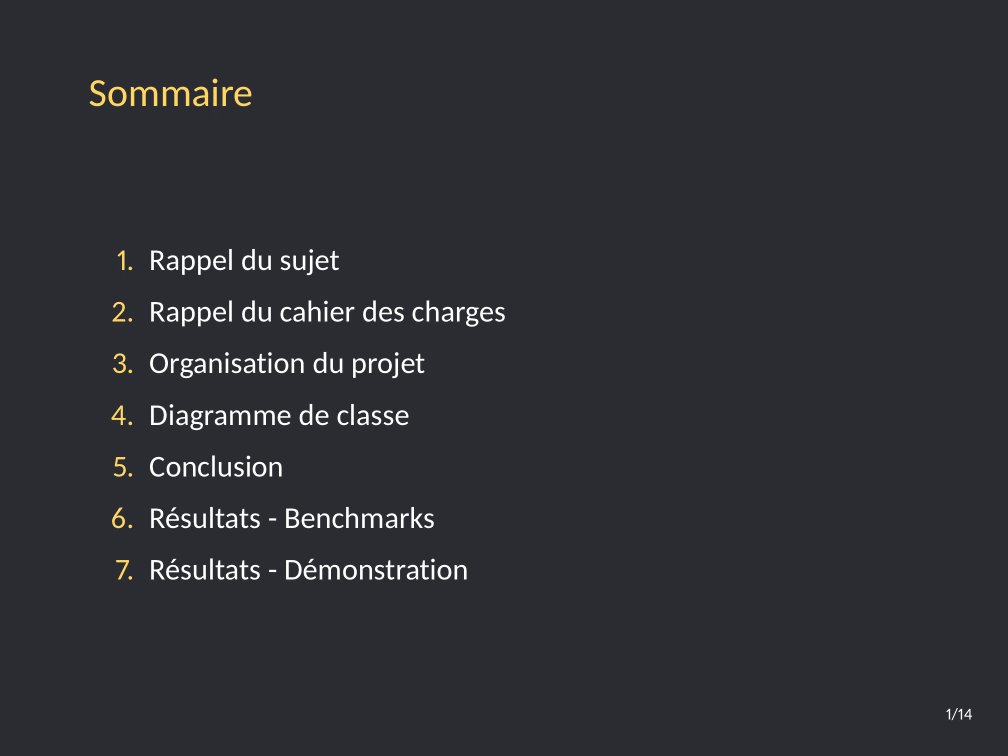
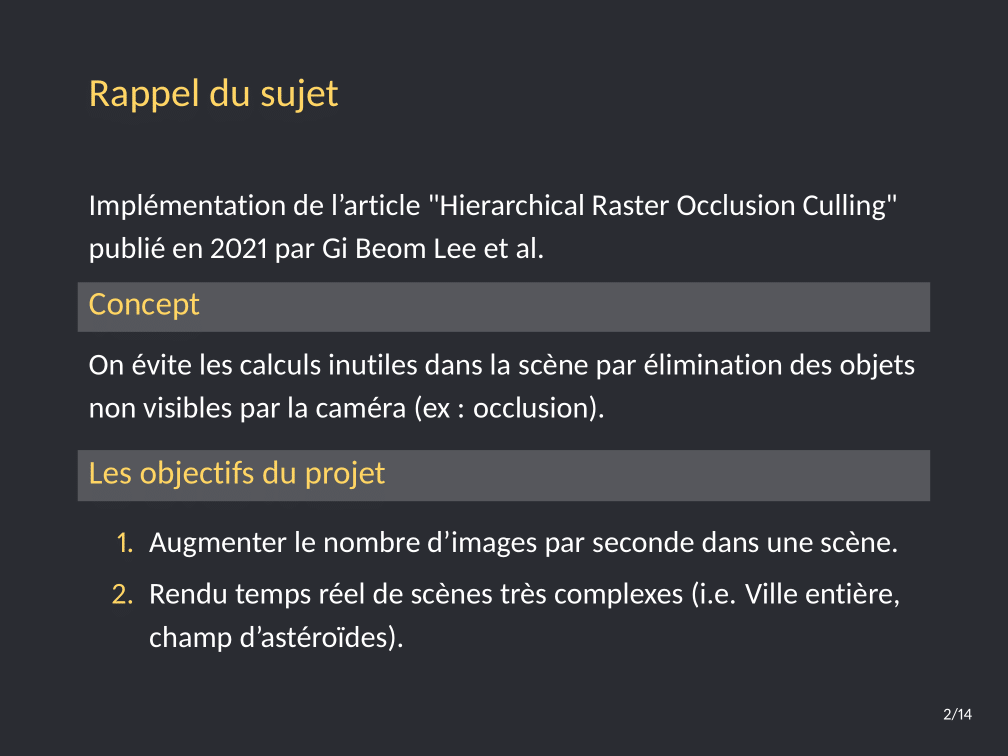
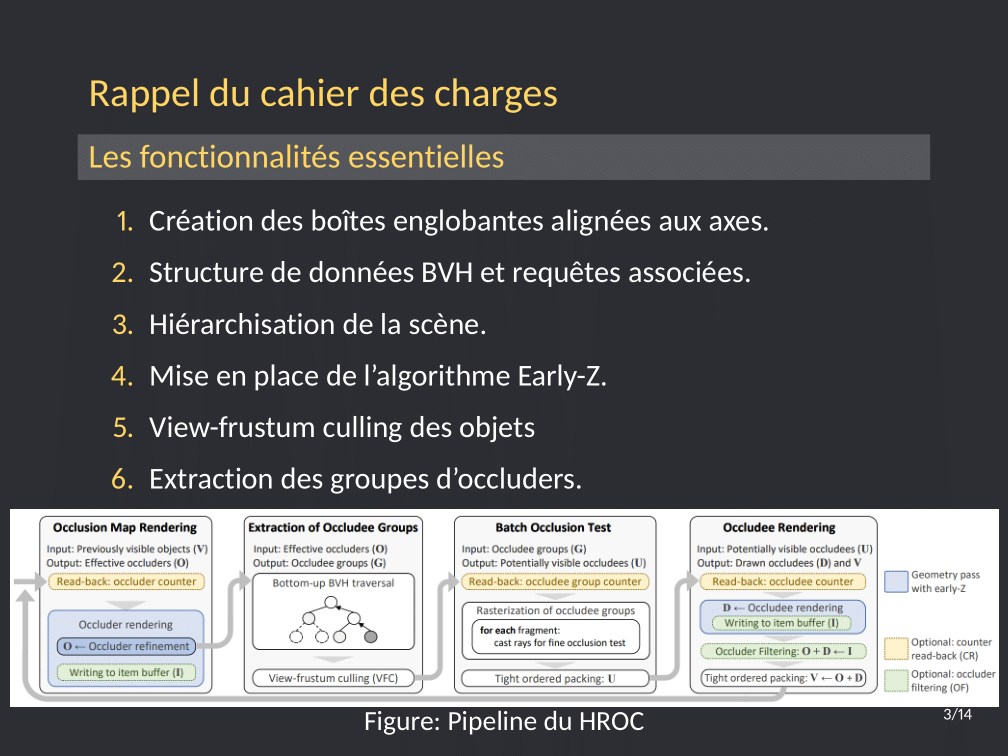
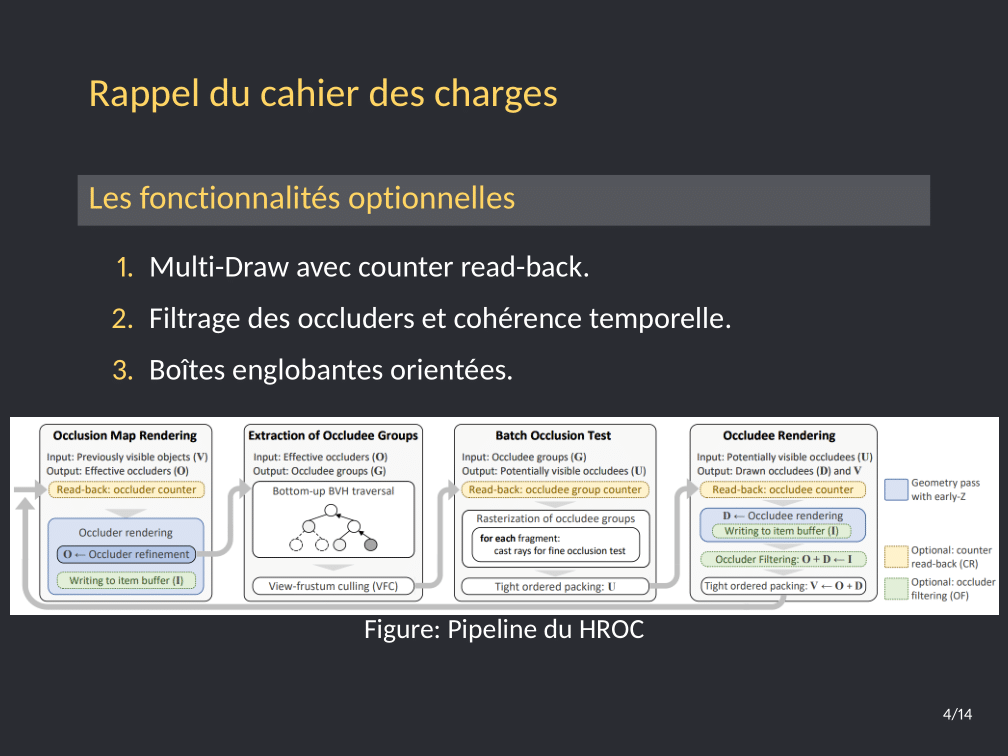
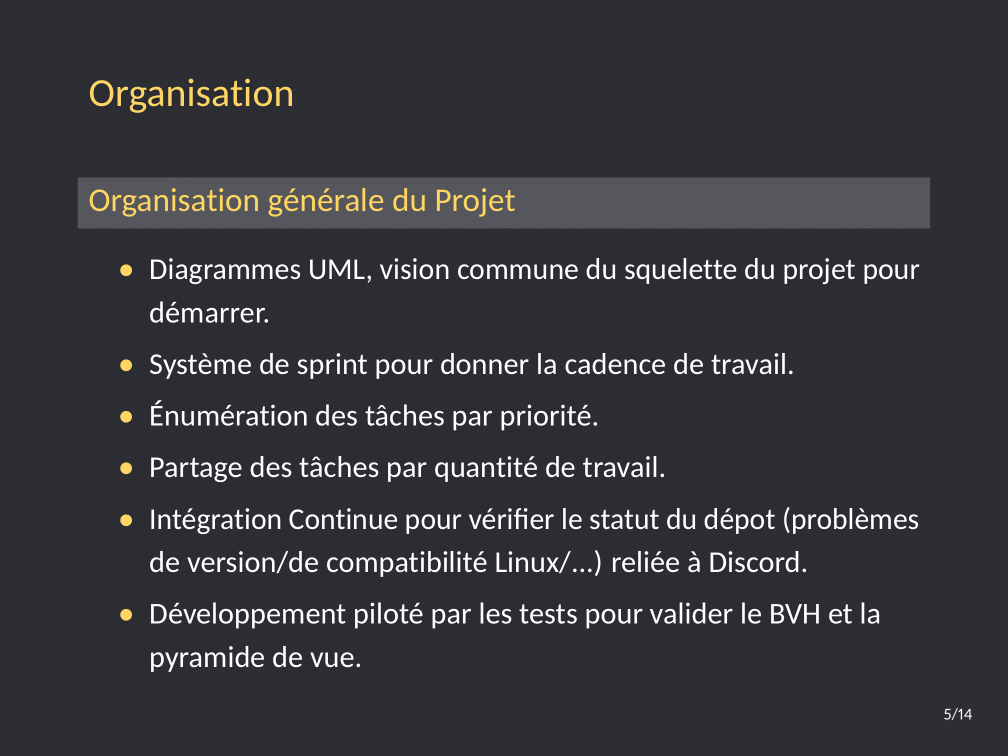
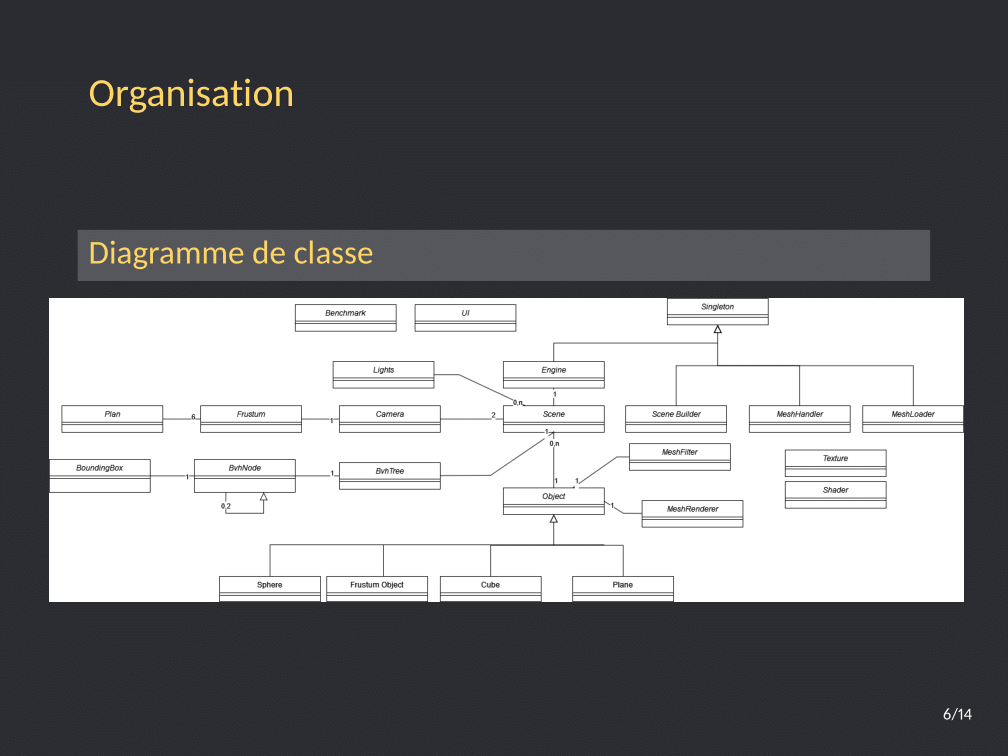
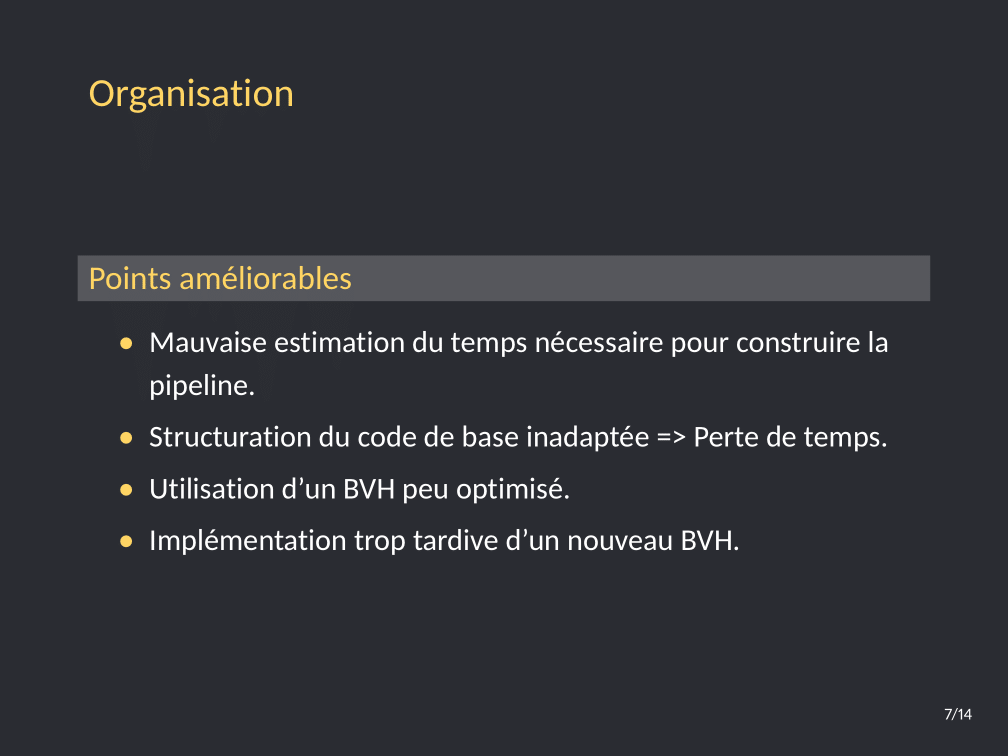
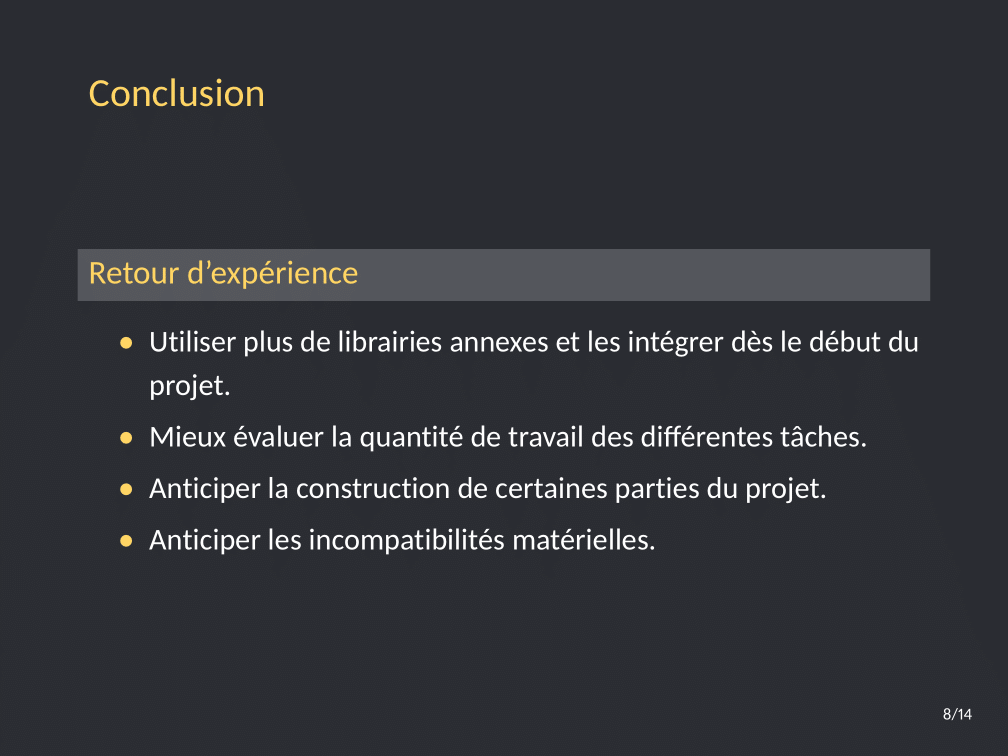
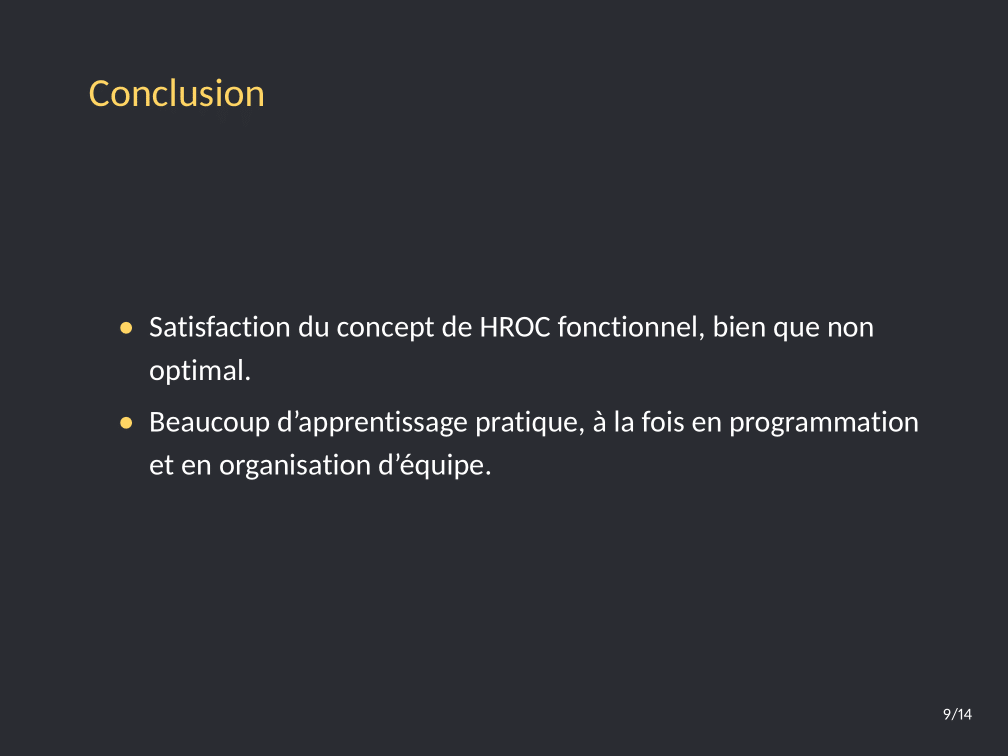
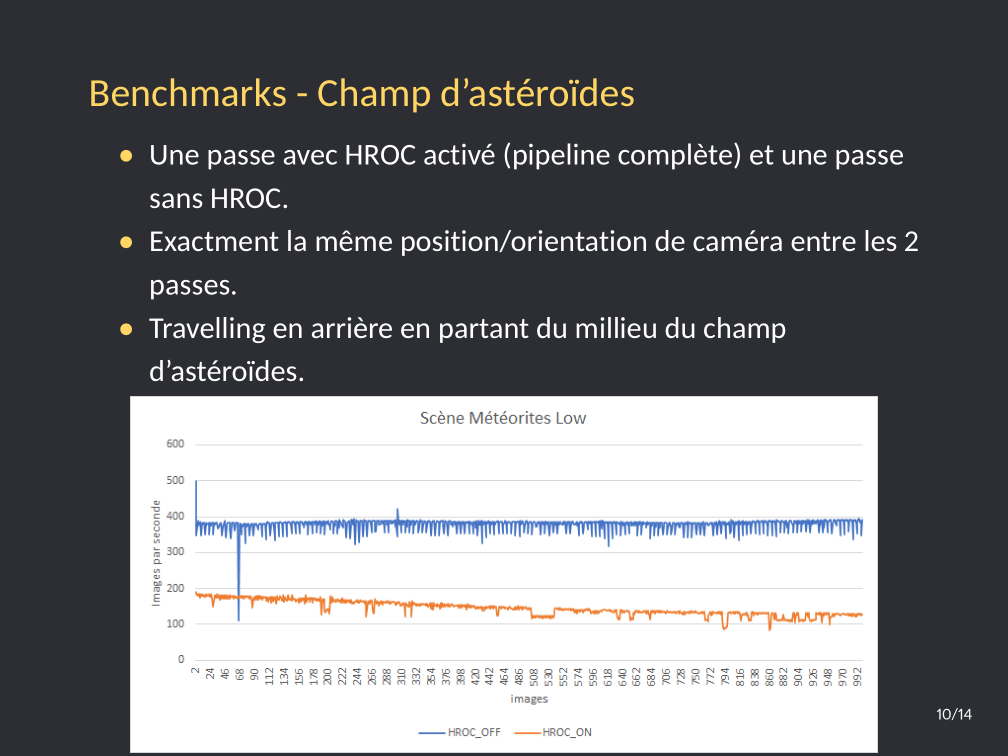
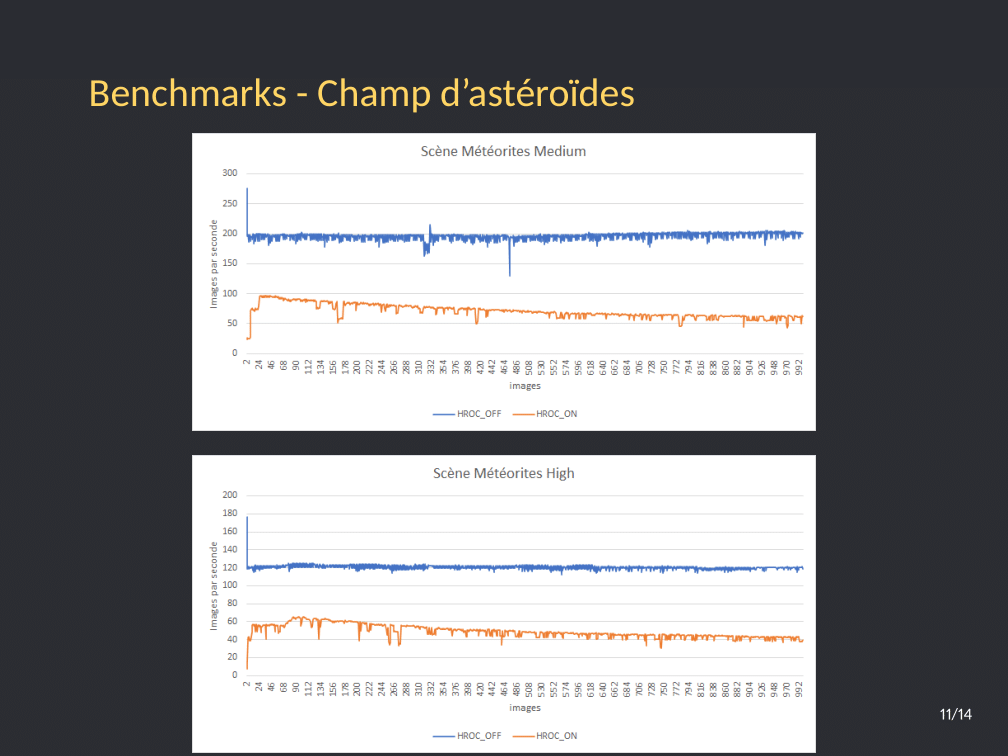
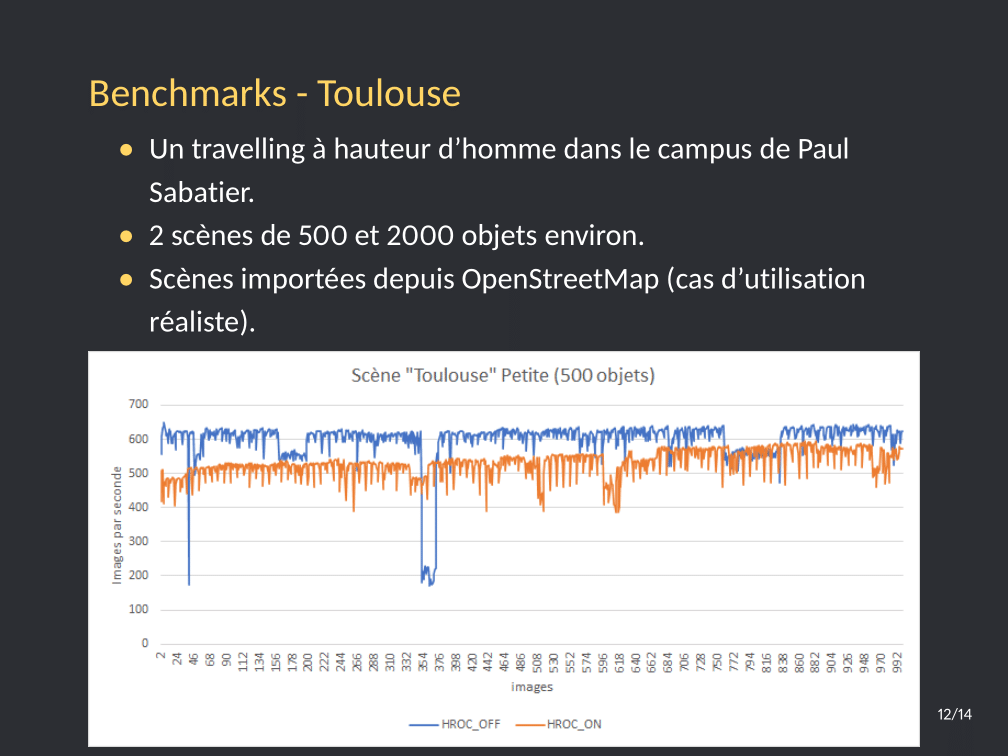
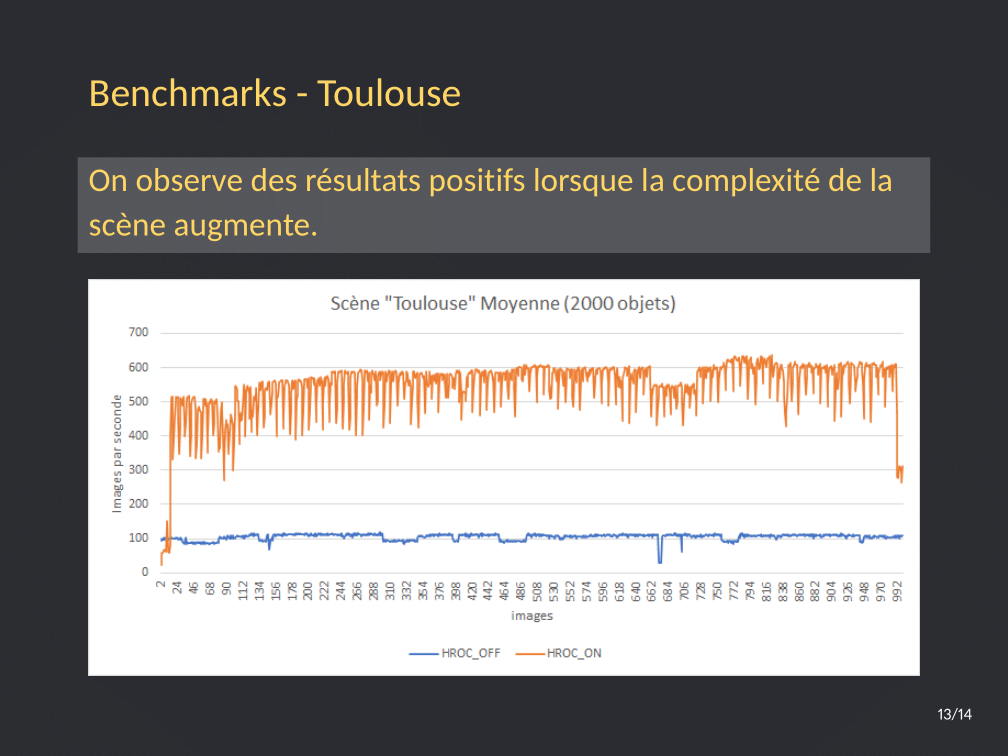
BSplines & Surface using TensorialProduct - 2021
This is a project i made during my 2nd year in Master Degree. It allows you to parametrize and generate BSpline or Surfaces using tensorial product.
On BSpline :
Simply write an order for your spline (K = 3), a number of control points (N = 10), and a resolution for your curve (Curve Point Count = 100), click on Reset Points (wich create a nodal vector and control points) and Generate Curve.
On TensorialProduct Scene:
It works the same way but with 2 orders (KU = 3,KV = 3) and 2 numbers of control points (NU = 10,NV = 10), don’t forget to define a resolution to your surface (Surface Point Count = 20), then click on Reset Points and Generate Surface.
On each Scene:
You can modify Controls Points and Nodal Vectors by clicking and editing them. When changing any K (K,KU,KV), N (N,NU,NV) or PointCount (CurvePointCount,SurfacePointCount) don’t forget to RESET POINTS before Generating Curve since it change how many points you manage.
You can control the camera with AZERTY inputs (ZQSDAE, Right/Left Arrow and Dragging with LeftClick in the window)
Image Filtering - 2021
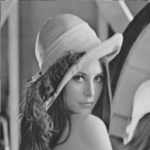
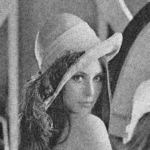
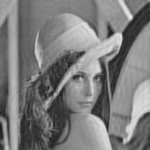
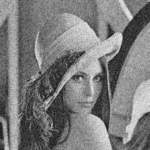
These are some filters we made in practical work in CGIA. We developed them with MATLAB or Octave (an open source alternative to MATLAB).
KDTree in Ponca Library - 2020
During my 1st year in CGIA Master Degree, we had to make in teams what we called a masterpiece. With my team we chose to integrate KDTree and it associated requests (K Nearest Neighbors, In Range Neighbors, Nearest Neighbor) in a research library called Ponca used at IRIT (Informatics Research Institute of Toulouse). Our contribution has been included in the Ponca library.
SoA - Point Cloud Registration - 2020
In the 1st year of CGIA Master Degree, we also made in teams a State of Art on a given topic constrained to 6 pages maximum by the course lecturer. You can find in the link below our presentation poster and the State of Art Latex file in french language.
